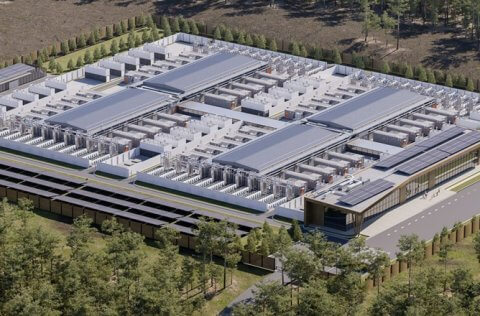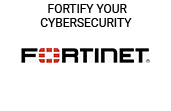Vertiv, a global leader in critical digital infrastructure, has today announced the global availability of Vertiv™ OneCore, a scalable prefabricated solution that integrates Vertiv’s proven power, thermal, and IT infrastructure technologies into a single, factory-assembled system.

Designed to accelerate high-density data center deployments, Vertiv OneCore simplifies project execution by reducing on-site complexity and compressing timelines. The solution is now available globally for a range of deployments, including enterprise, colocation, sovereign, and neocloud environments.
Vertiv OneCore offers a unified, slab-up turn-key approach that streamlines the process, from design to installation and ready-for-operation, under a single point of contact. The flexible building design leverages proven, prefabricated building blocks, including whitespace fit-outs like Vertiv™ SmartRun, housed within a Vertiv-provided steel shell. This design simplifies logistics, minimizes on-site labor and complexity, and supports consistent quality, cost, and schedule outcomes.
Vertiv™ Unify provides integrated system visibility and centralized management.
“Vertiv OneCore is our answer to the need for reducing complexity and enabling speed in building data center capacity at scale,” said Viktor Petik, senior vice president of infrastructure solutions at Vertiv. “We know the challenge isn’t just designing for today’s needs but building an adaptable foundation for the future.
This solution reduces project complexity by standardizing key components while preserving the flexibility to scale and evolve, expand easily, and integrate new technologies as business and IT requirements evolve.”
Vertiv OneCore is ideal for data centers with mixed loads or extreme rack densities. Its modular electrical and mechanical designs support parallel manufacturing to enable compressed timelines and reductions in costs.
The approach is highly flexible and free from rigid size limitations, enabling customized configurations that maximize usable whitespace and improve airflow for environmental control.
Key features include:
• Scalable Power Capacity: Supports 5 to 50 MW in a single block to meet growing energy demands for AI and high-density deployments.
• High Rack Density Flexibility: Configurable for 96 to 944 racks, supporting low to extreme densities and enabling tailored designs based on IT requirements.
• Integrated Thermal and Power Systems: Delivers energy-efficient, space-saving cooling and power infrastructure with Vertiv’s proven technologies, including a broad range of liquid cooling and advanced heat rejection systems and scalable power management and uninterruptible power supply (UPS) systems.
• Concurrent Maintainability: Electrical and thermal systems are designed for availability and system resilience during maintenance or upgrades.
• Optimized Site and Environmental Performance: Operates in temperatures from -20°C to 55°C (-4°F to 131°F), supporting robust performance in diverse global climates.
• Advanced Redundancy: Includes redundant configuration options for both Primary and Secondary Fluid Networks, as well as options for distributed electrical redundancy.
• Broad Voltage Compatibility: Compatible with 11–35 kV medium voltage and 400V–480V 3-phase AC power input, meeting diverse regional standards.
• Comprehensive Post-Deployment Service and Support: Backed by Vertiv’s global service organization, customers gain access to expert-led commissioning, proactive maintenance programs, and rapid response capabilities to support long-term performance, availability, and operational efficiency across the full data center lifecycle.
Vertiv™ OneCore seamlessly integrates Vertiv’s extensive portfolio of power, thermal, and management solutions, including Vertiv™ Trinergy™ UPS systems, switchgear, busways, Vertiv™ CoolChip CDU and perimeter cooling, Vertiv™ CoolLoop Trim Cooler, and the Vertiv™ Unify management system.
The Vertiv™ OneCore solution can also support customer’s sustainability strategies through increased efficiency, reduced power requirements, and a flexible design that can adapt to evolving technology standards.





